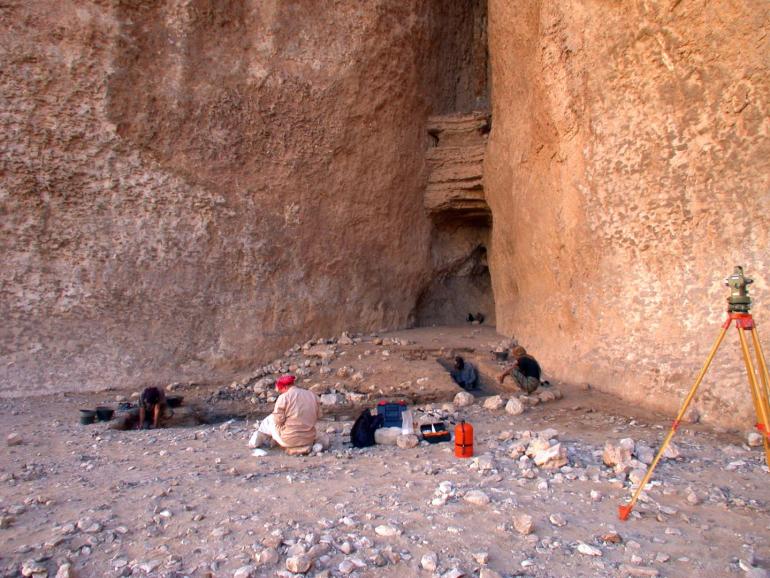A joint international research team was able to discover serrated stone tools about 8 thousand years old that were used as arrowheads and spears in two regions located in the south of the Arabian Peninsula, namely the Dhariz area in the Omani governorate of Salalah, and the Al-Manayzah area in the Yemeni governorate of Hadramout.
Prehistoric Arabs
The results - which were published in the journal PLOS ONE and announced by the Ohio State University website participating in the study - came in a press release on August 5 to say that this discovery is unique, because it indicates that humans, although they have developed culturally. Separately, they came up with the same tools.
This type of toothed tools first appeared in the North American continent 12 thousand to 13 thousand years ago, and over a long period of time researchers believed that it was a tradition that only originated in this place.
According to the new study, the finding of similar tools made in almost the same way in another place and at a different time means that there was no contact between the two cultures emerging in the Arabian Peninsula and North America, which means, by extension, that humans were culturally close even without contact.
Ancient ages and various purposes
The serrated stone tools - which used the heads of spears or arrows - are a technologically advanced form of human production in a period of its history called the "Neolithic", which is the period prior to the emergence of writing, and extending from 9000 to 4500 BC.
In this period, humans had left the life of gathering and gathering and lived in separate villages, and this happened because they learned cultivation and domestication of animals, and then they came to pottery making and used it for storage and cooking, then the era of stability preceding the emergence of civilization began.
According to the new study, the similarity between Yemeni and Omani tools and American tools was great, but the inhabitants of southern Arabia at that period seemed to be more interested in the art of trimming these stones, and researchers believe that this had an artistic or decorative purpose.
The scientists reached that last conclusion by examining the lower part of these tools, although they were sharply serrated in the front, but the lower part was not designed to attach well to a piece of wood for use as a spear or arrow, indicating that it may not have been used primarily for combat purposes. Or hunting.

